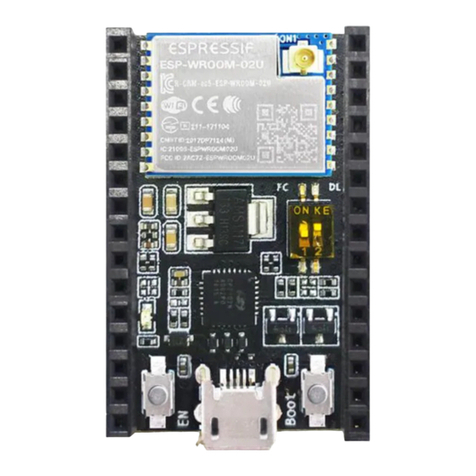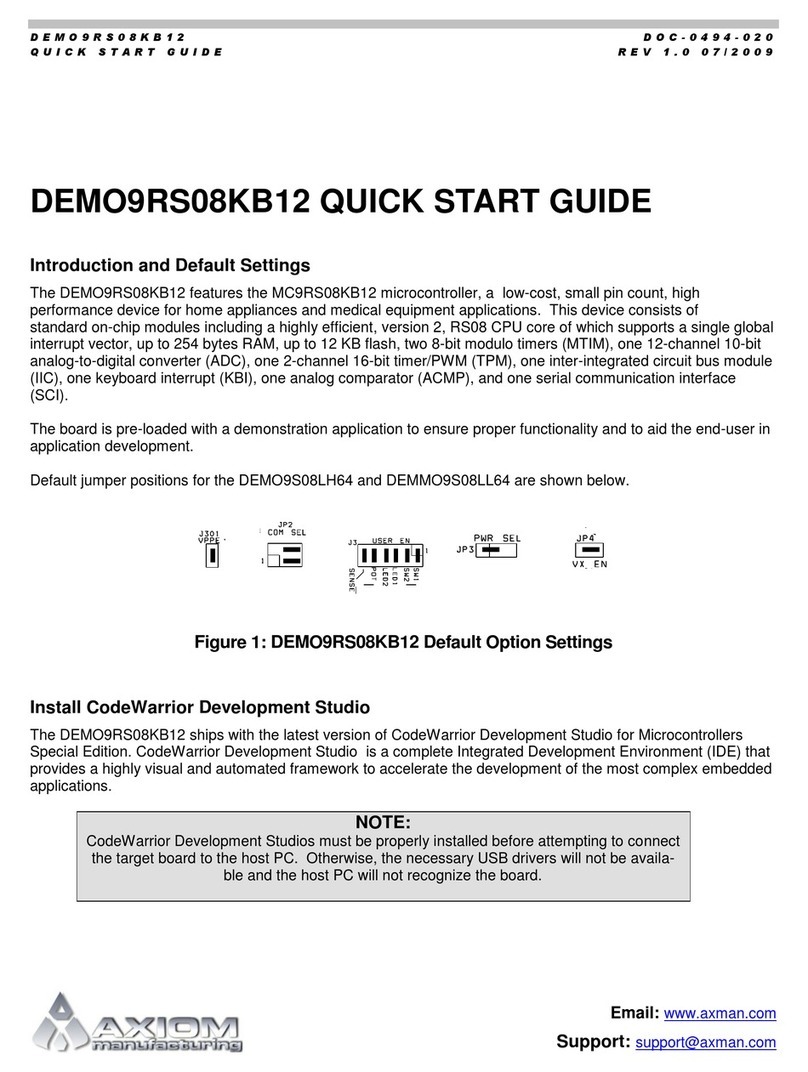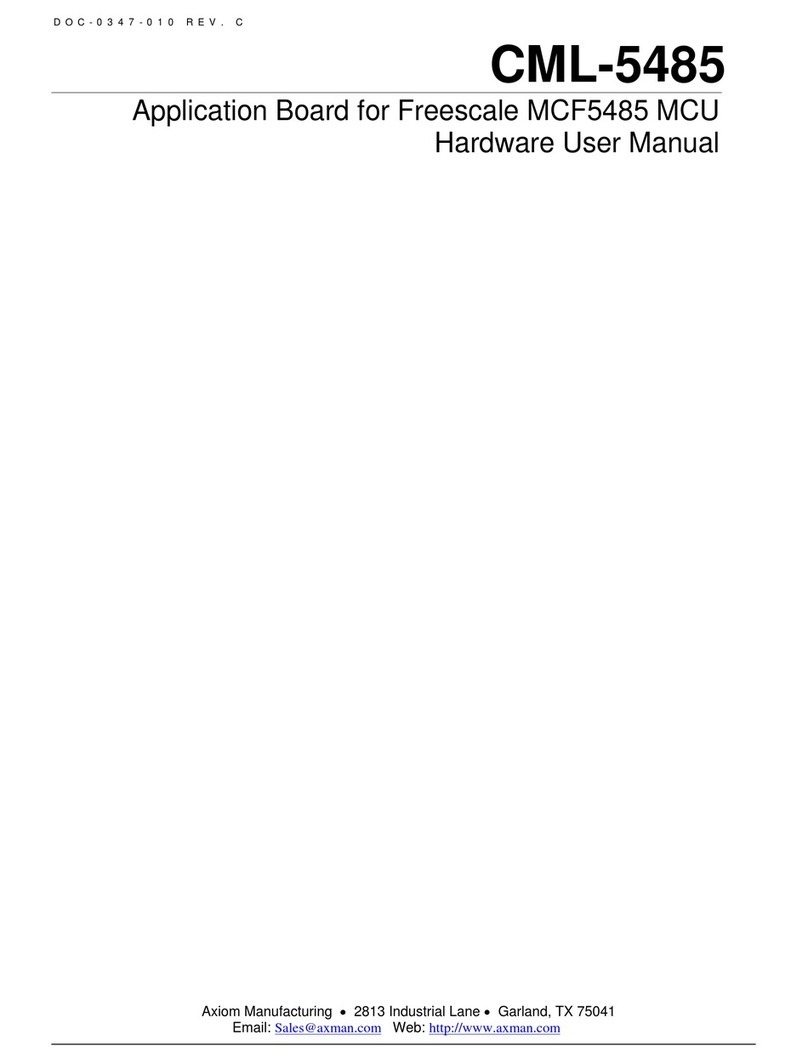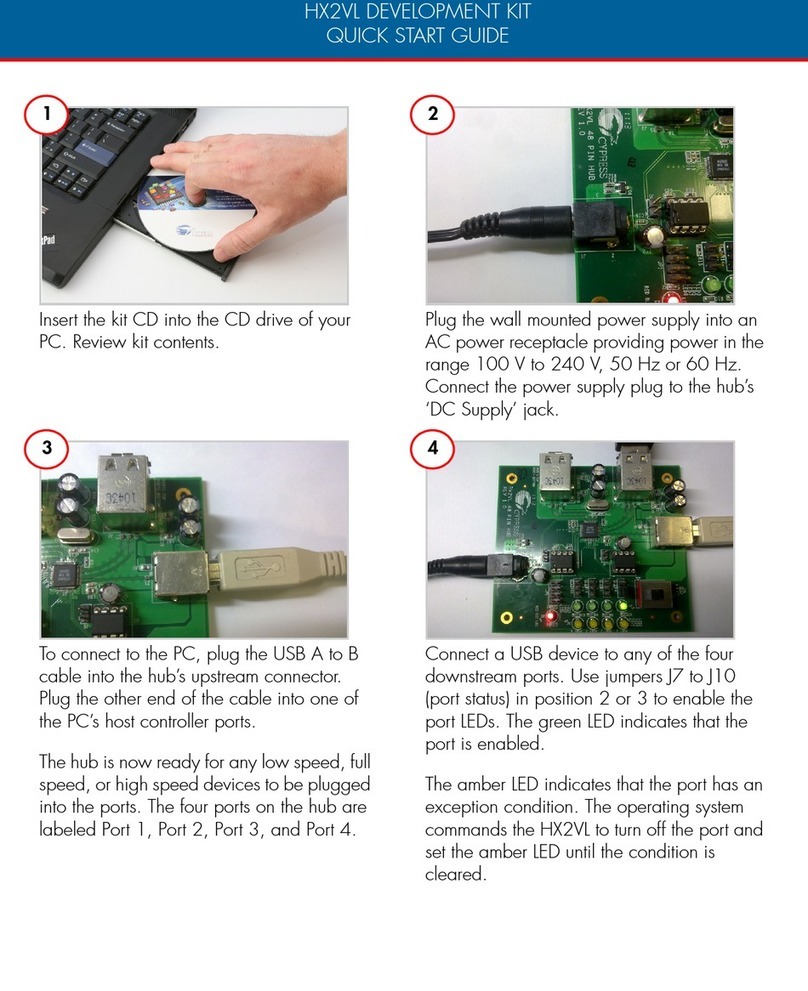
D E M O 9 S 0 8 L G 3 2 A P R I L 7 2 0 0 9
U S E R G U I D E
2
CONTENTS
CAUTIONARY NOTES ..............................................................................................................4
TERMINOLOGY.........................................................................................................................4
FEATURES................................................................................................................................5
REFERENCES...........................................................................................................................6
MEMORY MAP ..........................................................................................................................6
SOFTWARE DEVELOPMENT...................................................................................................6
DEVELOPMENT SUPPORT......................................................................................................7
INTEGRATED BDM .............................................................................................................. 7
USB-BDM OPTION HEADERS......................................................................................... 7
BDM_PORT HEADER........................................................................................................... 7
POWER......................................................................................................................................8
POWER SELECT.................................................................................................................. 8
PWR_SEL......................................................................................................................... 8
VX_EN............................................................................................................................... 9
RESET SWITCH ......................................................................................................................10
LOW VOLTAGE RESET..........................................................................................................10
TIMING.....................................................................................................................................10
COMMUNICATIONS................................................................................................................10
USB SERIAL LINK .............................................................................................................. 10
RS-232................................................................................................................................ 11
COM CONNECTOR........................................................................................................ 11
COM_SEL....................................................................................................................... 11
LCD..........................................................................................................................................12
CONTRAST......................................................................................................................... 12
USER I/O..................................................................................................................................13
BUZZER.............................................................................................................................. 13
POTENTIOMETER.............................................................................................................. 14
USER LED’S ....................................................................................................................... 14
PUSHBUTTON SWITCHES................................................................................................ 15
MCU I/O PORT.........................................................................................................................16
LCD ENABLE OPTION HEADER............................................................................................17





























